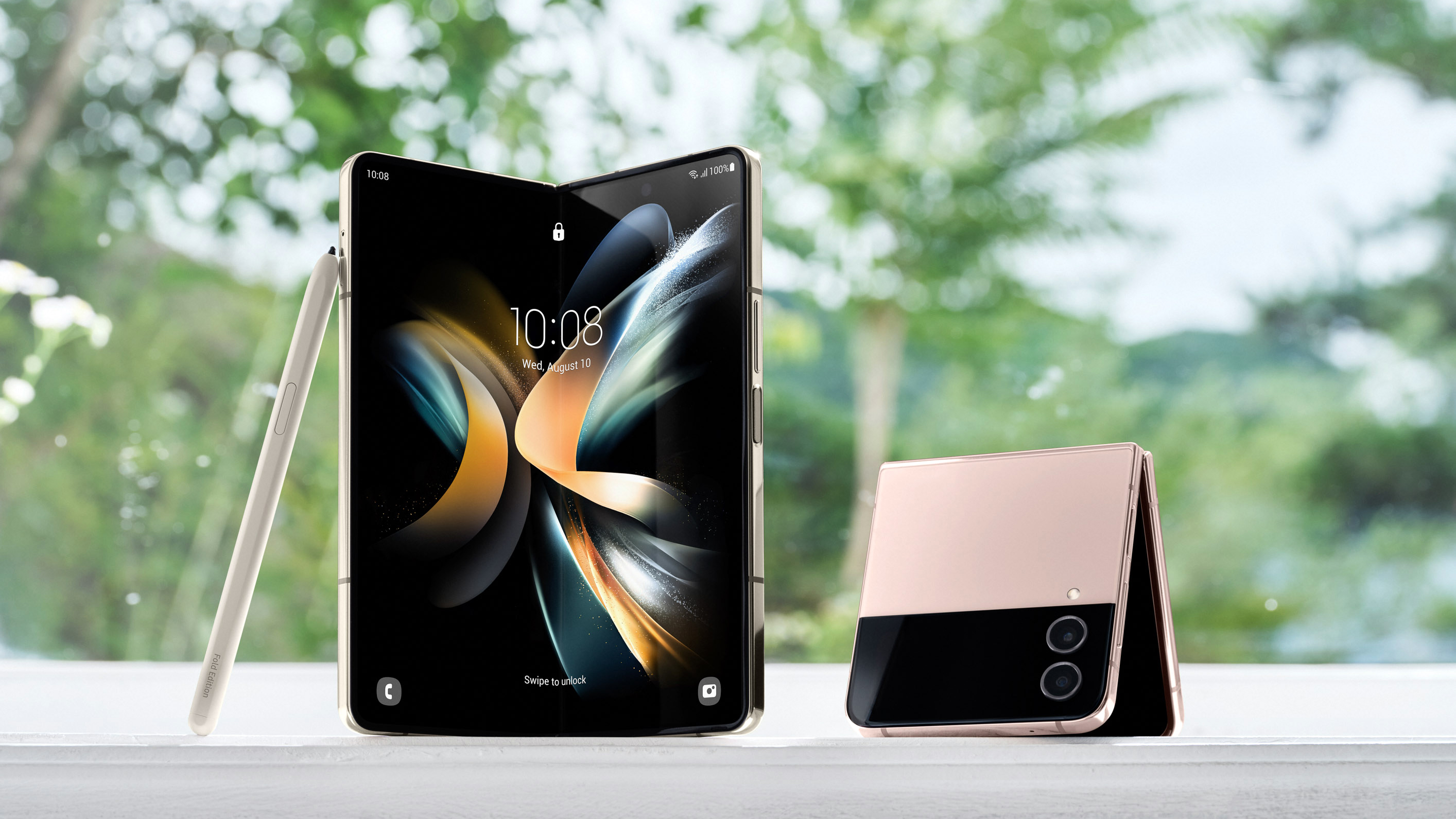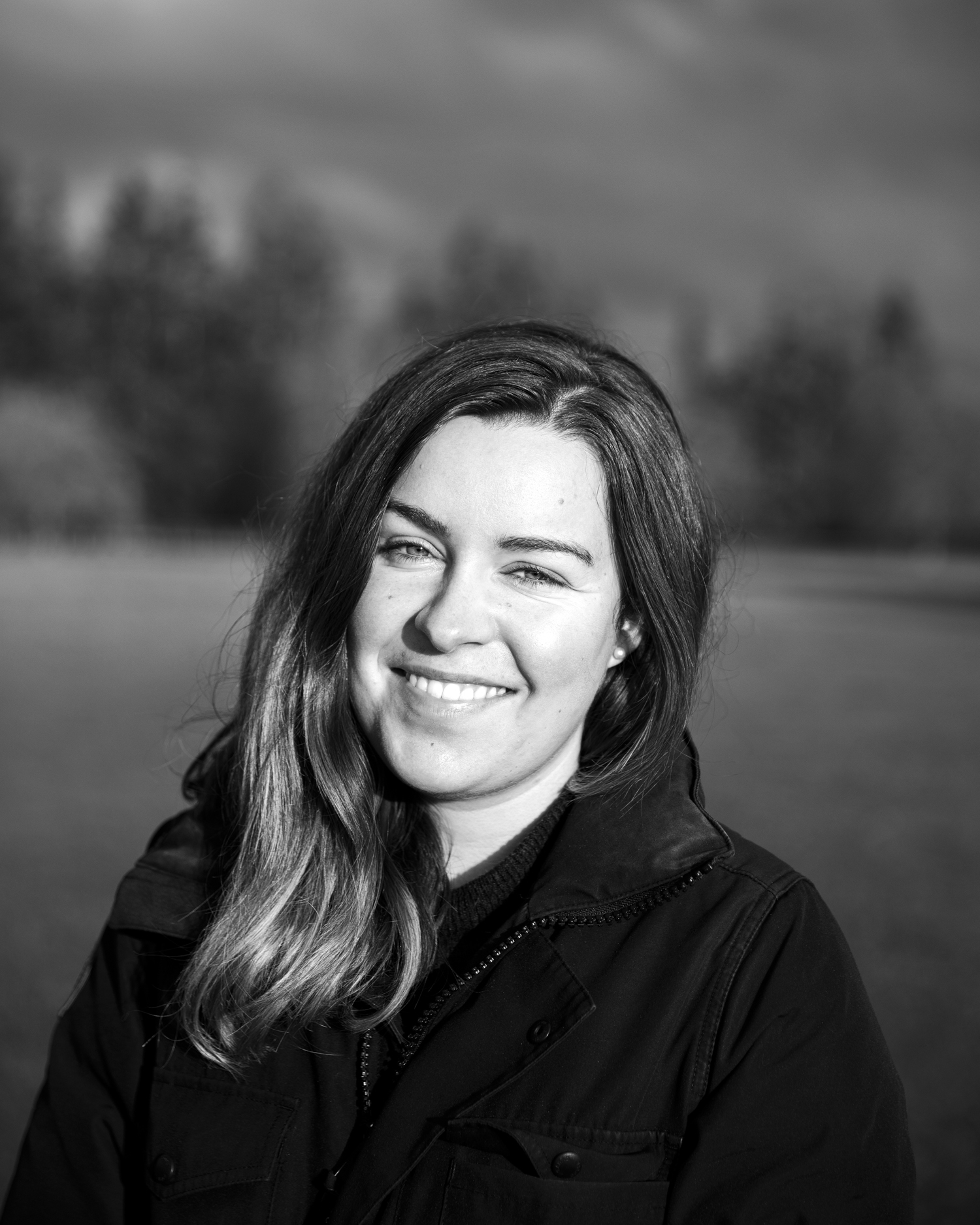What the Samsung Galaxy Z Fold 4 and Flip 4 tell us about the future of camera phones
The under-display cameras seen on the Galaxy Z Flip 4 and Z Fold 4 could be a thing of the future – we spoke to an expert in OLED screen technology

At the Samsung Unpacked event on August 10, Samsung announced the release of the Galaxy Z Fold 4 and Z Flip 4 smartphones, which feature upgraded camera specs as well as design improvements.
We noted in our news coverage of the event that both phones – the Z Flip 4, an update to the Galaxy Z Flip 3, and the Z Fold 4, the Z Fold 3's successor, look pretty similar to their predecessors. And while the updates are more like welcome refinements than overhauls, both models are sure to prove popular among foldable enthusiasts.
• These are the best flip and fold phones?
• The Samsung Galaxy Z Fold 4 is THE best phone for photographers
Having watched the Samsung Unpacked release, we're now wondering what Samsung's latest smartphone releases can tell us about the future of camera phones? As I'm no expert, I thought I'd ask someone who is – queue a Q&A with Jacky Qui, Vice President of OTI Lumionics.

Jacky has been working with OTI Lumionics – a leader in the development of advanced materials for OLED displays – for over ten years. OTI is currently helping to develop next-gen devices and enabling new applications for OLEDs, including foldable screen devices and under-display cameras like those seen on the latest Samsung Galaxy Z Fold 4 and Z Flip 4.
What's good about foldable phones?
Foldable phones offer a bigger phone for business users. For example, when you need to respond to emails and look at Powerpoints or PDFs at the same time.
They also provide a better media consumption experience [for content creators or photographer], so you can watch YouTube / TikTok and browse Instagram without needing to squint your eyes to catch the details.
A surprising feedback from users of foldable devices is the convenience for taking group photos or selfies with the device, as you can use it as a stand or see the end results better due to bigger screen.
What's bad about foldable phones?
The folding area still is not perfect. There’s a presence of a folding crease when pristine/new. In the long term, there are still some potential edge reliability issues and durability problems.
In terms of the weight and large size, a foldable phone is perfect if you have a purse, but might be too bulky to fit into your pockets. They also tend to come with a premium cost.
What are under-display cameras?
The Samsung Galaxy Z Fold 4 and Flip 4 have "under-display" cameras. Erm, what does this mean?
The under-display camera is a camera innovation that puts the selfie camera underneath the display. Of course, all cameras today are technically underneath the screen physically, but the innovation here is that the area where the camera is, can also display information.
Only OLED screens can do this as you need to make areas where light can go through a window area into the camera and this can only be achieved with self-emissive type of display technology. The challenge for the under display camera is two-fold.
How much of the area can you allocate for the windows to allow the light to go through [bigger area allows more light to go through thus better camera performance, but then the window area would be more noticeable as if you make bigger windows there will be less space for emissive pixels.
Two approaches are undertaken currently in the market with the Galaxy Fold series. One approach is to maximize window area and thus camera performance but result in a very noticeable window area. The other approach seen in models like the Xiaomi Mix 4 would be to have a smaller window area and essentially no change in the emissive pixel structure, thus making the window area not noticeable at all, but with a sacrifice of camera performance.
This is an area where OTI Lumionics technology can help, to make the window area more transparent for both visible light (camera) and IR light.

Finally, what do Samsung's latest smartphones tell us about the future of camera phones?
We believe the future of the camera phone will be more integrated with the display and the traditional trade-off of bezel / non-emissive area vs camera size / amount of camera can be evolved with the introduction of under display camera technology.
We can see a future where you can have more front-facing cameras without sacrificing screen real estate and those cameras can have multiple functions that can enable better, more dynamic selfie shots / selfie videos. In the age of content creators of Instagrams and TikToks, there is still much space for future innovation.
Enjoyed reading this? You might like to read our guide to the best camera phone plus 12 essential mobile photography tips.
The best camera deals, reviews, product advice, and unmissable photography news, direct to your inbox!

Lauren is a writer, reviewer, and photographer with ten years of experience in the camera industry. She's the former Managing Editor of Digital Camera World, and previously served as Editor of Digital Photographer magazine, Technique editor for PhotoPlus: The Canon Magazine, and Deputy Editor of our sister publication, Digital Camera Magazine. An experienced journalist and freelance photographer, Lauren also has bylines at Tech Radar, Space.com, Canon Europe, PCGamesN, T3, Stuff, and British Airways' in-flight magazine. When she's not testing gear for DCW, she's probably in the kitchen testing yet another new curry recipe or walking in the Cotswolds with her Flat-coated Retriever.
